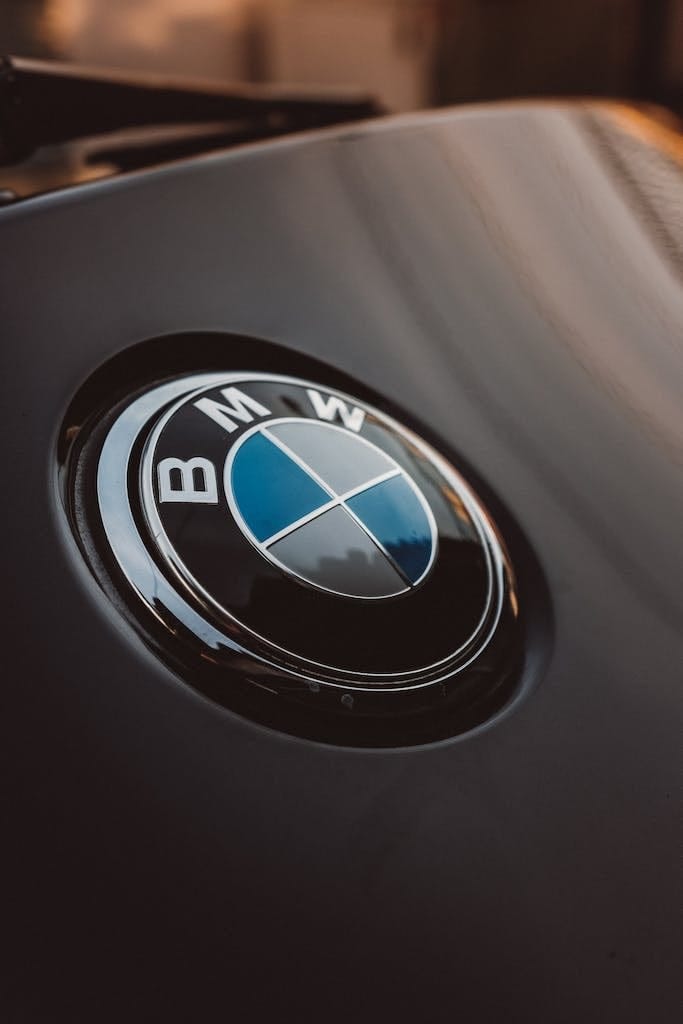Are F1 Cars 4X4? Uncovering the Unmatched Power and Performance
No, F1 cars are not 4X4. They are typically rear-wheel drive vehicles.
F1 cars are renowned for their blistering speed and impressive handling capabilities. These high-performance machines are a marvel of engineering, designed to push the limits of automotive technology. However, one thing that sets them apart from other racing cars is their drivetrain configuration.
Unlike most road-going sports cars or rally cars that utilize all-wheel drive systems for improved traction, F1 cars are strictly rear-wheel drive. This design choice allows for lighter weight, better cornering abilities, and increased maneuverability on the race track. So, while they may not have the added traction of a 4X4 system, F1 cars more than make up for it with their sheer power and precision.
The Power Behind F1 Cars
F1 cars are not 4X4; they are rear-wheel drive vehicles. The power behind F1 cars is derived from their high-performance engines, aerodynamics, and advanced technology.
Engine Specifications Of F1 Cars
F1 cars are renowned for their extraordinary power and speed. One of the key factors driving their performance is their highly advanced engine specifications. These engines are specifically designed to deliver exceptional performance on the racetrack, enabling the drivers to reach mind-blowing speeds in a matter of seconds.
The engines used in F1 cars are sophisticated pieces of engineering, showcasing cutting-edge technology and innovation. They typically feature V6 hybrid power units, which combine conventional combustion engines with hybrid systems to achieve optimal performance.
The key engine specifications of F1 cars include:
- Displacement: F1 engines have a relatively small displacement, usually around 1.6 liters. This compact size allows for greater efficiency and agility on the track.
- Turbocharging: F1 cars employ turbocharging technology to enhance their power output. Turbochargers compress the air entering the engine, resulting in increased combustion and improved performance.
- Number of cylinders: F1 engines typically have six cylinders arranged in a V-configuration. This arrangement allows for a more compact engine design while maintaining high levels of power.
- Rev limit: F1 engines have incredibly high rev limits, reaching up to 15,000 RPM (revolutions per minute). This enables the cars to generate immense power and deliver lightning-fast acceleration.
- Fuel injection: F1 engines utilize direct fuel injection systems, which deliver fuel directly into the combustion chamber with precision. This ensures optimal fuel efficiency and power delivery.
Turbocharging And Hybrid Systems
Turbocharging plays a crucial role in the power output of F1 cars. It enables the engines to generate more power by compressing the air intake, thereby increasing the amount of oxygen available for combustion. This leads to a significant boost in performance, allowing F1 cars to accelerate at extraordinary rates.
Moreover, F1 cars incorporate hybrid systems into their power units. These systems store energy generated during braking and deceleration and release it during acceleration, providing an extra power boost when needed. The hybrid systems help to improve overall efficiency and reduce fuel consumption without compromising on speed.
Power Output And Speed Capabilities
The combination of advanced engine specifications, turbocharging, and hybrid systems results in staggering power output and exceptional speed capabilities for F1 cars. These cutting-edge machines can reach speeds of over 230 miles per hour (370 kilometers per hour) on straightaways, making them one of the fastest vehicles on the planet.
F1 cars have a power output of around 1,000 horsepower, enabling them to accelerate from 0 to 100 kilometers per hour in just under 2.5 seconds. The immense power and acceleration make F1 races a thrilling spectacle, pushing the limits of both man and machine.
Unraveling The Performance Of F1 Cars
F1 cars are not 4X4. These high-performance vehicles are rear-wheel drive, allowing for maximum speed and precision on the race track.
Aerodynamics And Downforce
One of the key factors that contribute to the unparalleled performance of Formula 1 (F1) cars is their exceptional aerodynamics. These cars are meticulously designed to slice through the air with minimal resistance, allowing them to reach mind-blowing speeds on the racetrack. The aerodynamic components on an F1 car, such as the front and rear wings, sidepods, and diffuser, work together to generate downforce and improve grip, keeping the car firmly planted to the road surface.
The front wing, for instance, plays a crucial role in directing the airflow around and over the car, creating downforce and reducing drag. Its intricate design, with various curved surfaces, flaps, and winglets, carefully manages the airflow to maximize performance. The rear wing, on the other hand, is responsible for generating the majority of the car’s downforce. Its angle of attack can be adjusted to optimize the car’s balance and grip, especially during high-speed corners.
Advanced Suspension Systems
Another aspect that sets F1 cars apart from their counterparts is their advanced suspension systems. These highly sophisticated systems are designed to provide optimal stability, precision, and responsiveness during high-speed maneuvers. F1 cars employ a combination of hydraulic dampers, springs, and push-rod mechanisms to absorb the forces generated by the car’s rapid acceleration, braking, and cornering.
The suspension setup in an F1 car is meticulously fine-tuned to ensure maximum grip and control. The suspension components are designed to minimize weight while providing the necessary rigidity to handle the immense forces exerted during a race. The advanced suspension systems allow the F1 car to maintain contact with the track surface even under extreme conditions, enabling the driver to push the car to its limits in terms of acceleration, braking, and cornering.
Braking Capabilities
The braking capabilities of F1 cars are nothing short of extraordinary. The drivers rely on these exceptional systems to decelerate from high speeds within a limited distance, enabling them to navigate tight corners and chicanes with precision. The braking system of an F1 car consists of carbon-ceramic brake discs, calipers, and brake-by-wire technology.
The carbon-ceramic brake discs, known for their excellent heat resistance and durability, provide the necessary stopping power while maintaining a low weight. The calipers grip the brake discs, effectively slowing down the car. Additionally, the brake-by-wire technology allows for precise control of the braking force, enhancing the car’s overall performance.
Conclusion
F1 cars are not 4X4 vehicles. They are specifically designed as rear-wheel drive machines, allowing for enhanced speed and maneuverability on the race track. While 4X4 technology has been introduced in other forms of racing, such as rally and off-road events, it has not been implemented in Formula 1.
The focus of F1 cars remains on achieving the highest levels of aerodynamic performance and mechanical grip for optimal performance on paved circuits.






